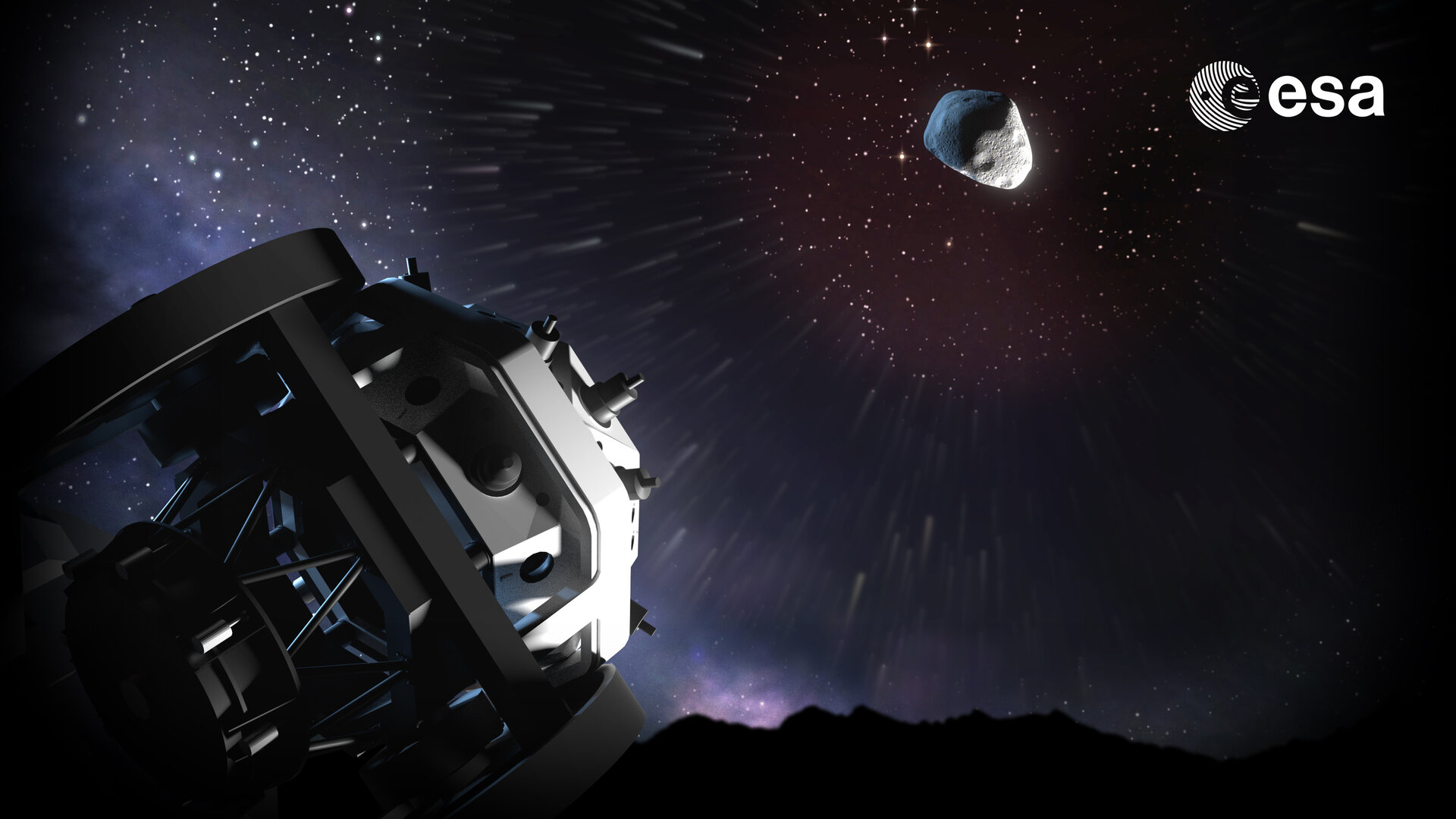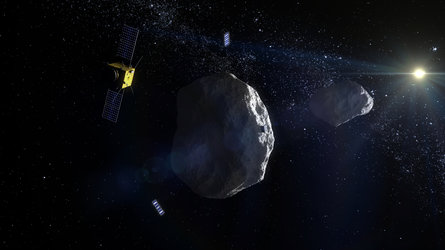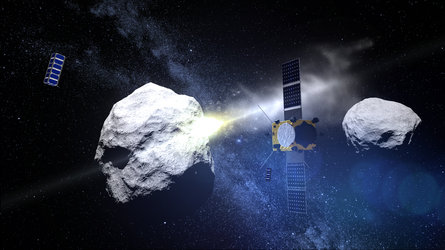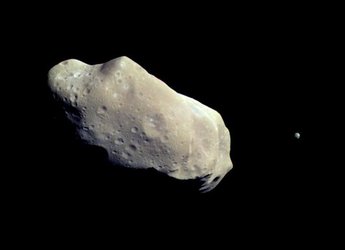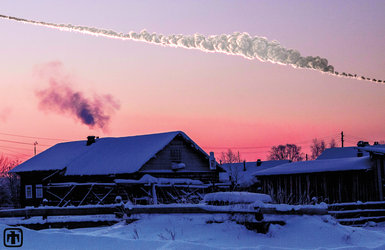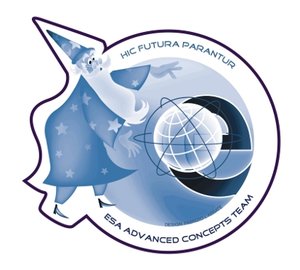Every day is Asteroid Day at ESA
ESA is participating in today’s international Asteroid Day, to mark the largest observed asteroid strike in recorded history – the 1908 airburst above Tunguska in Siberia. The Agency monitors asteroids as well as performs scientific research, not to mention contingency planning: what could be done if an asteroid were incoming?
The Tunguska impact felled around 60 million trees across 2200 sq km of territory, with a dead but upright ‘telegraph forest’ of tree trunks remaining at the airburst epicentre. It struck only a short rotation of Earth away from Europe – the results would have been disastrous over a populated area.
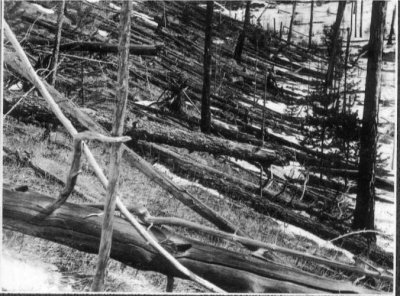
As it was, Europe was indirectly touched by Tunguska, with atmospheric pressure waves and seismic tremors recorded and ‘strange illumination’ in the night sky.
Fast forward a century and Europe came face to face with an asteroid for the first time, as ESA’s Rosetta mission flew past Šteins, a Gibraltar-scale diamond-shaped body.


Access the video
A second close encounter took place in 2010, as Rosetta passed the mammoth 100 km-diameter Lutetia – some 250 times bigger than Rosetta’s final target, Comet 67P/Churyumov–Gerasimenko.
Both reside in the asteroid belt, along with the vast bulk of the more than 700 000 asteroids so far discovered. Significantly, both Šteins and Lutetia are littered with impact scars, like all observed asteroids – collision being the main shaper of these primitive bodies over time.

Asteroids collide with each other, and everything else too: the pockmarked Moon charts the scale of past impacts, and Earth observation satellites helped to reveal that Earth bears scars as well – the Lunar and Planetary Laboratory at the University of Arizona estimates our homeworld has suffered upwards of three million impact craters larger than 1 km in diameter.
The threat comes from asteroids whose orbit brings them close to Earth, known as Near-Earth Objects. There are an estimated 10 000 000 NEOs out there larger than 10 m – the threshold where damage on the ground could happen. Just over 14 000 of those are presently known.
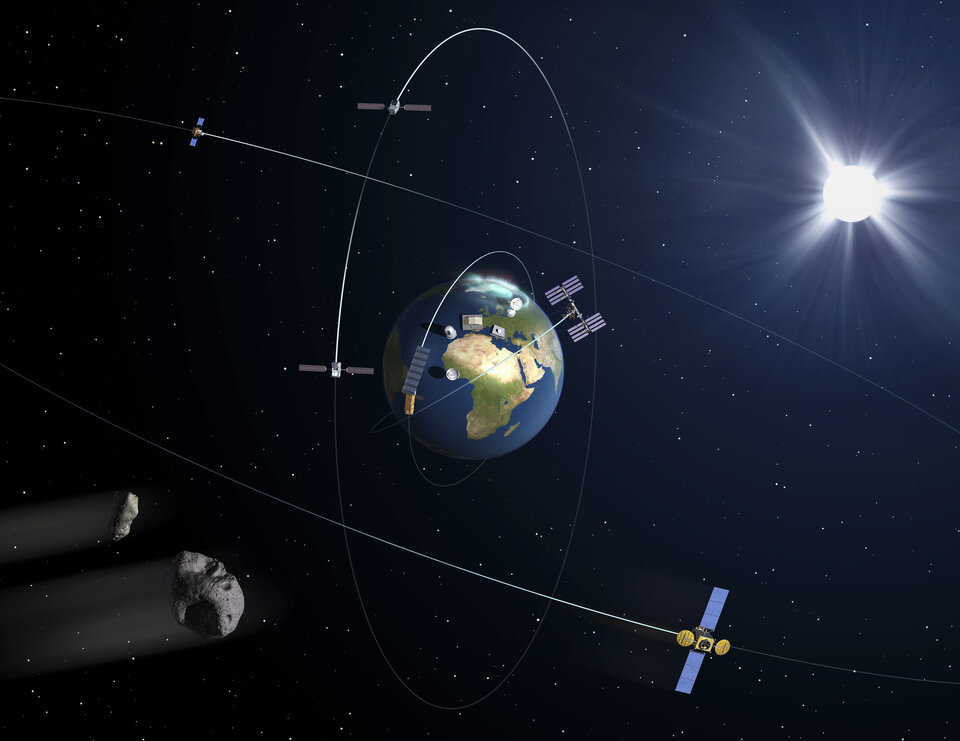
So, since 2009, ESA has performed NEO detection and analysis as part of its Space Situational Awareness programme, marshalling observatories and astronomers worldwide through its SSA NEO Coordination Centre at ESA’s ESRIN facility in Italy.
“Observation and tracking data from European and international sources are used to assess any likelihood of Earth impacts and to issue follow-on warnings if necessary,” explains Detlef Koschny, heading the Centre.
“While the chance of any given object hitting Earth is very small, the consequent destruction could be large, so active NEO detection and tracking equals a wise insurance policy.”

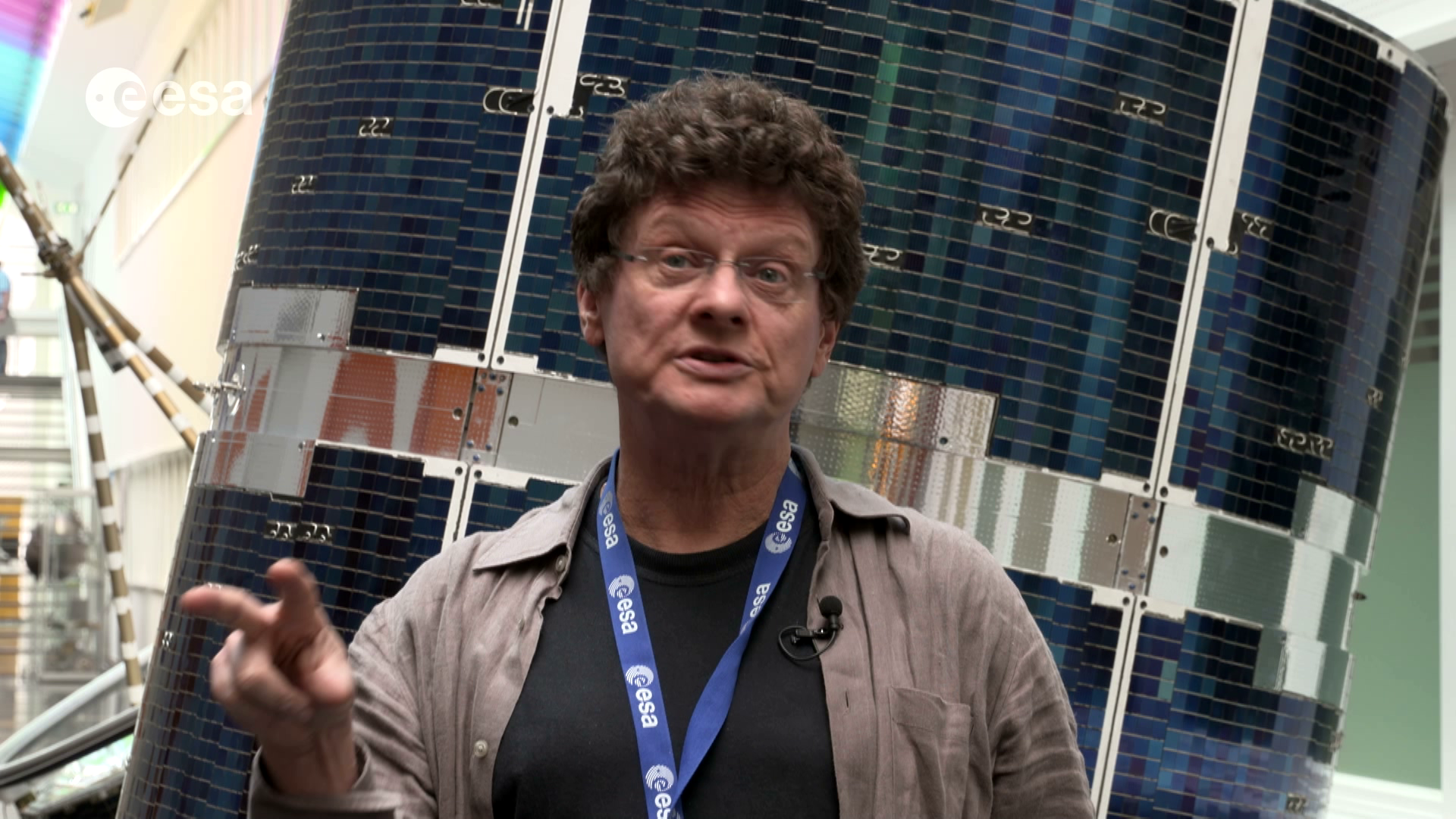
Access the video
At the turn of the century, ESA’s Advanced Concepts Team – tasked with looking beyond the immediate curve of the future – began designing possible missions to a NEO, intended to help quantify the impact threat and investigate potential remedies.
“An interesting concept dating back to those days was the Don Quijote mission, a double-spacecraft design proposed by Deimos Space where one of the two would impact with an asteroid to try and shift its orbit,” explains Dario Izzo, ACT’s scientific coordinator.
“This was only a first of a number of studies including MarcoPolo-R, Phootprint, Lunar Lander and Phobos Sample Return, which eventually matured into ESA’s Asteroid Impact Mission.
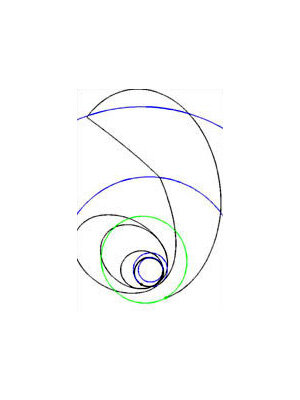
“At the same time, we got working in detail on calculating interplanetary trajectories to optimally deflect asteroids. A particular wake-up call came in 2004, when it was calculated that the Earth-crossing 325 km-diameter Apophis had a 3% chance of hitting Earth.
“This high probability – Level 1 on the Torino impact hazard scale – was downgraded after further observations, but led us to look into asteroid deflection on a more methodical basis.”
The team published some of the first scientific papers on the subject, and when, in 2006, it launched the inaugural Global Trajectory Optimization Competition – otherwise known as ‘The America’s Cup of Rocket Science’ – aerospace engineers and mathematicians worldwide were challenged to solve an asteroid-interception problem.
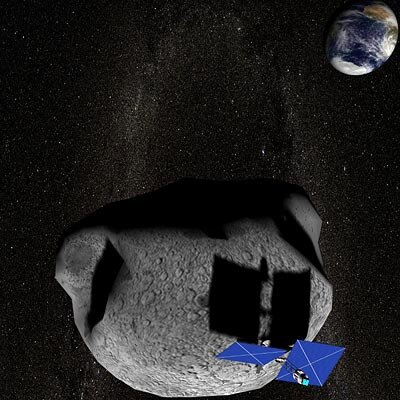
“ACT also began researching alternative deflection possibilities to the most straightforward ‘kinetic impact’ method,” adds Dario. “We put out an academic call for ideas through our Ariadna programme, which proved quite fruitful.
“One concept we developed further is embedding a tether fitted with electric propulsion to spin up an asteroid until it crumbles. This was inspired by the observation that while almost all asteroids tumble, they are not seen rotating above a threshold velocity, suggesting their internal structure disintegrates under centrifugal force.

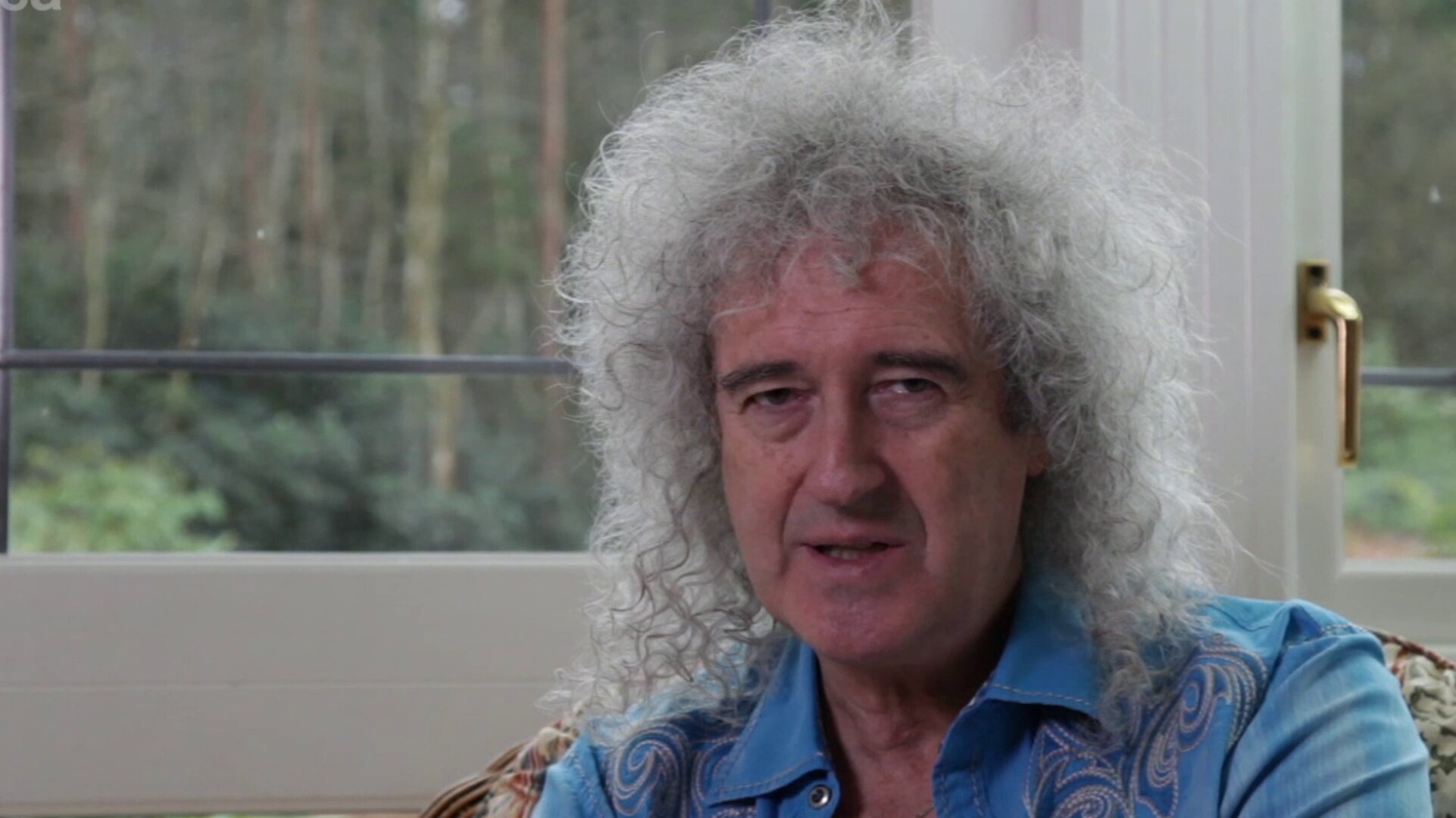
Access the video
“Today, ACT has stepped back somewhat from asteroid deflection, because a thriving academic community has been established, with for instance a biennial Planetary Defense Conference established, while our early mission studies have also borne fruit.
“Instead, we are actively looking into asteroid mining and resource utilisation, while one of our research fellows is working on estimating damage and casualties from an impact.”
Building on previous mission planning, ESA’s proposed Asteroid Impact Mission was set up as a response to NASA’s proposal for international collaboration, known as AIDA. AIM would perform a detailed survey of a binary asteroid system called Didymos, while NASA’s Double Asteroid Redirection Test, or DART, impacts the smaller of the two bodies in an attempt to shift its orbit.

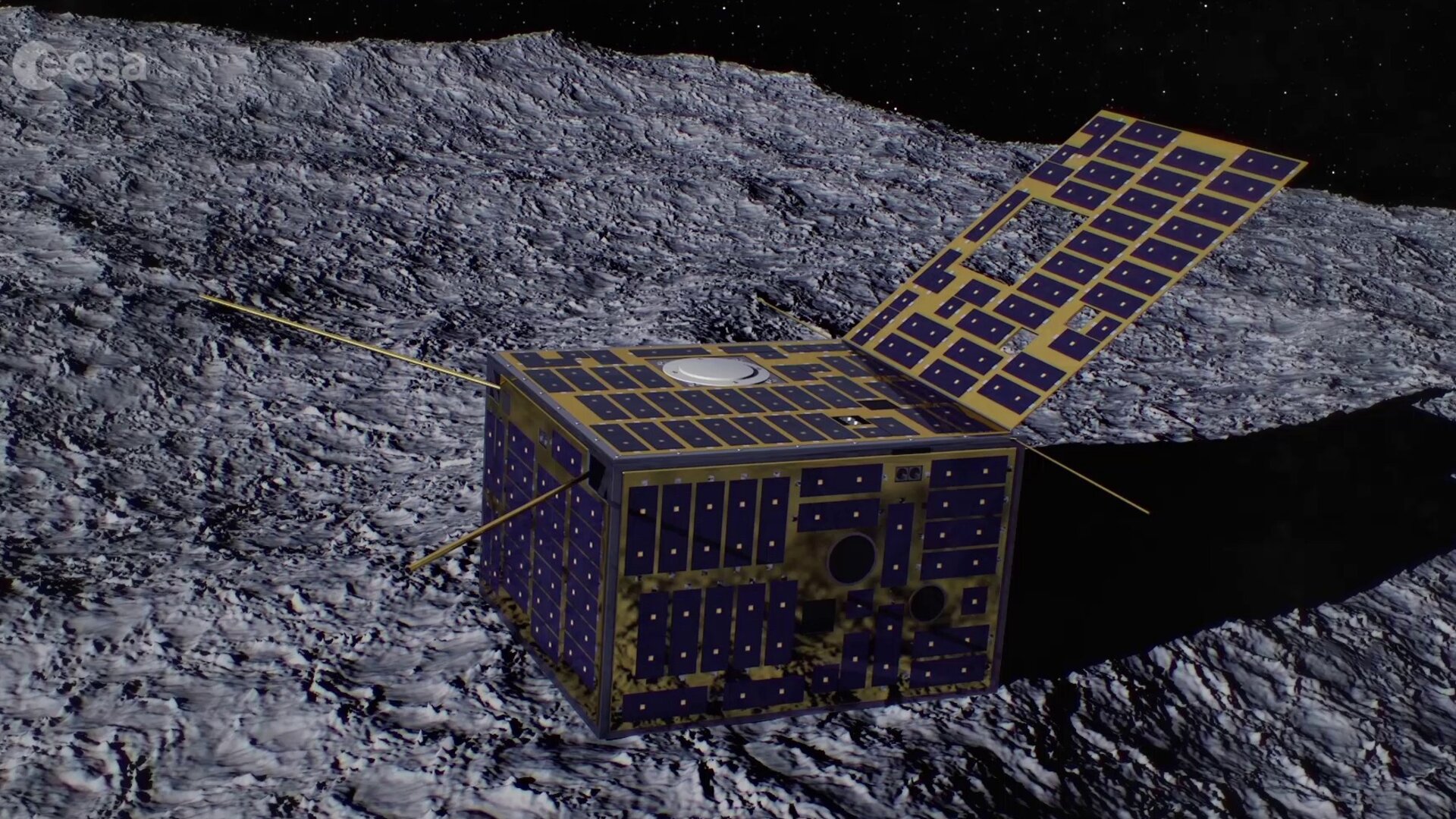
Access the video
AIM is part of ESA’s proposal to the Council at Ministerial Level, which will decide on implementing the mission in December.
Asteroids might be insignificant in cosmic terms – gather all their material together and the result would be smaller than Earth’s Moon – but they may present a threat to humanity, if we let them. However, they can also teach us a lot about the formation of the Solar System and may provide valuable resources in the future.


